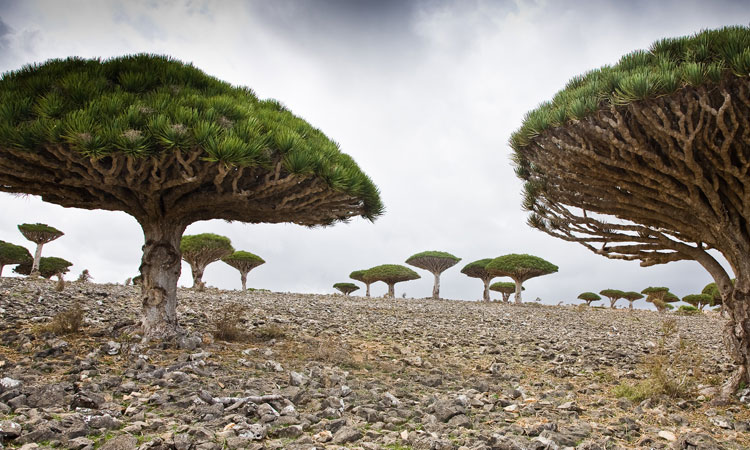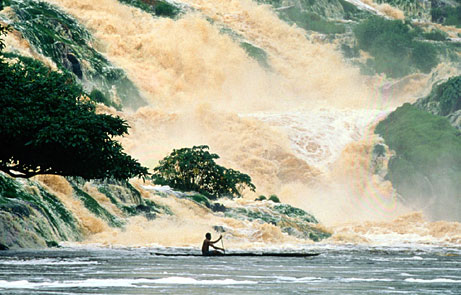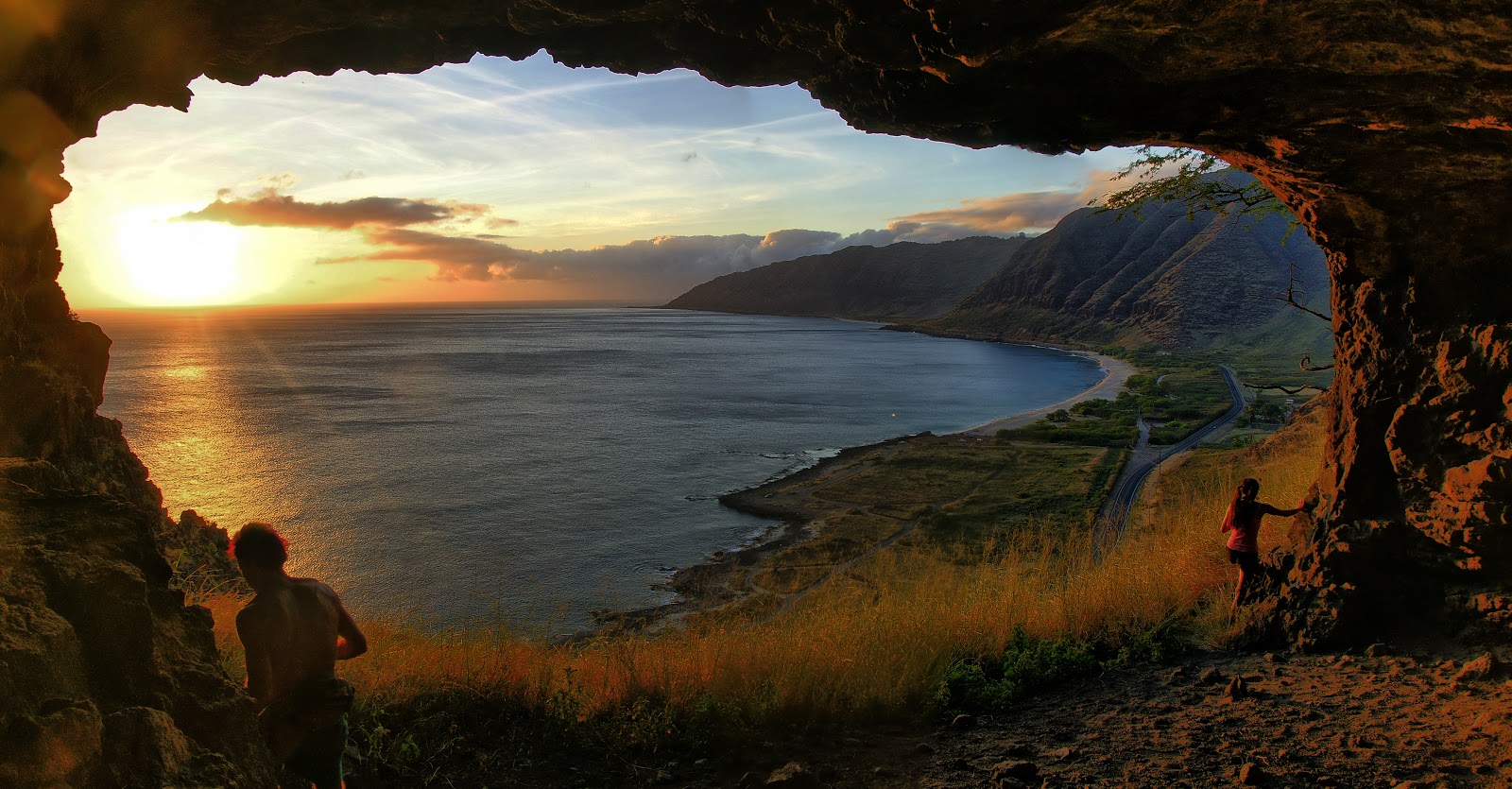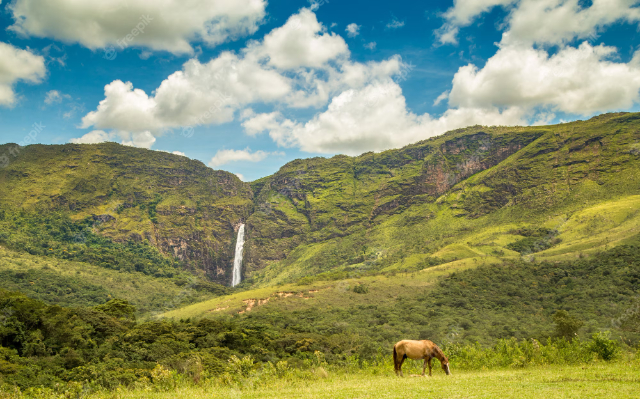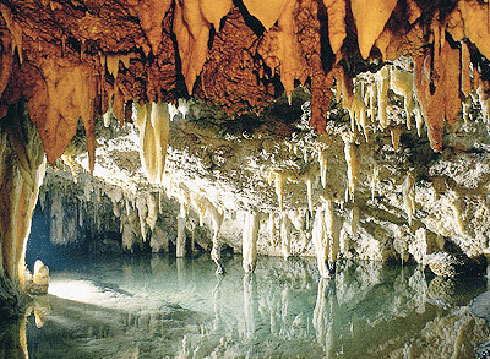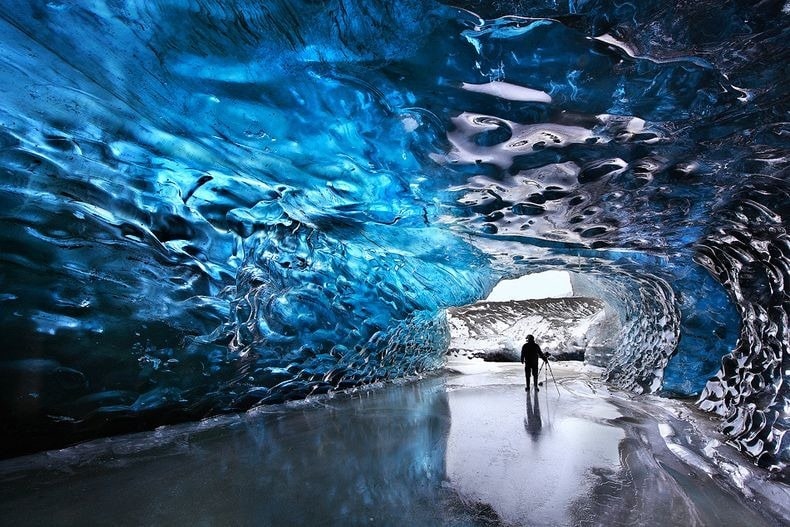Socotra Island is one of the most isolated landforms on Earth, akin to a real-life “Galápagos” of the Indian Ocean. This remote island, positioned 250km away from Somalia and 340km from Yemen, serves as a sanctuary for an astonishing array of unique wildlife. About 800 rare species of flora and fauna call Socotra home, with a third of these species being endemic, meaning they are not found anywhere else on Earth.
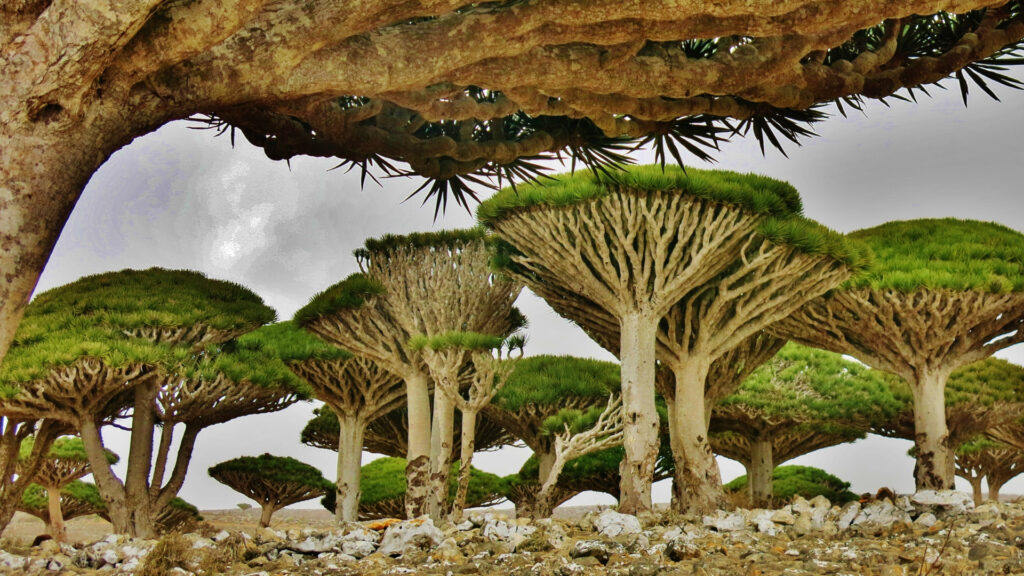
The biodiversity of Socotra is truly remarkable, highlighted by its iconic dragon blood tree, so named for its red sap, which resembles blood. The tree’s unusual umbrella-like shape is an evolutionary adaptation designed to provide shade and reduce evaporation in the island’s harsh, dry climate. This distinctive form makes it not only a subject of scientific study but also a symbol of Socotra.
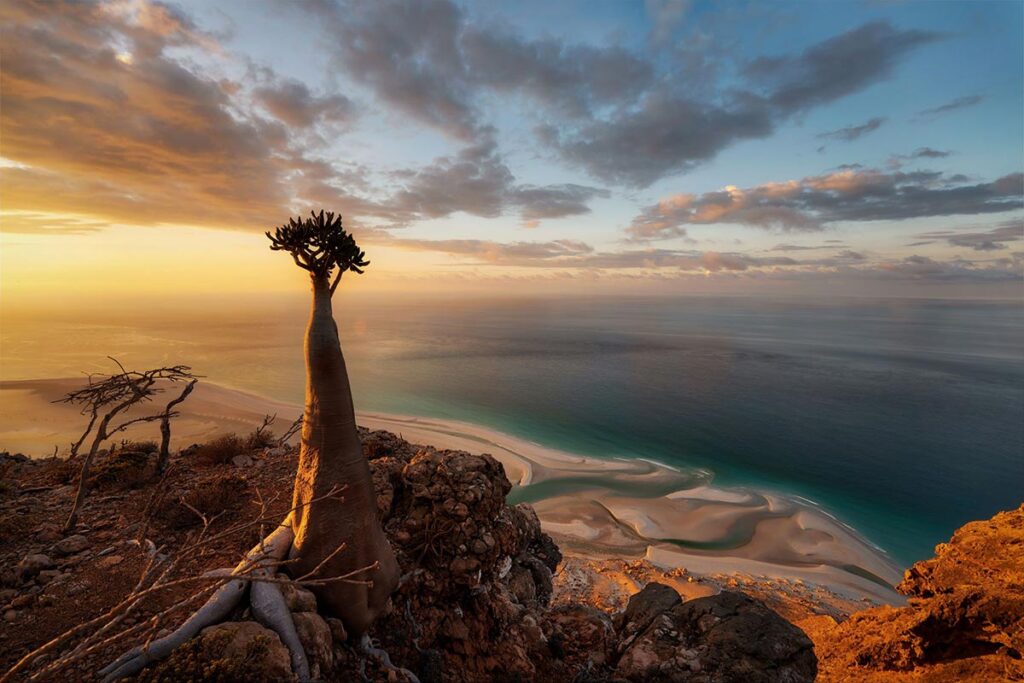
The island’s climate is extremely arid for the most part, featuring wide sandy beaches, mystical limestone caves, and towering mountains. The harsh environmental conditions have spurred the flora to develop unique survival strategies. Some plant species on Socotra are believed to be over 20 million years old, evolving through epochs to adapt to the challenging climate.
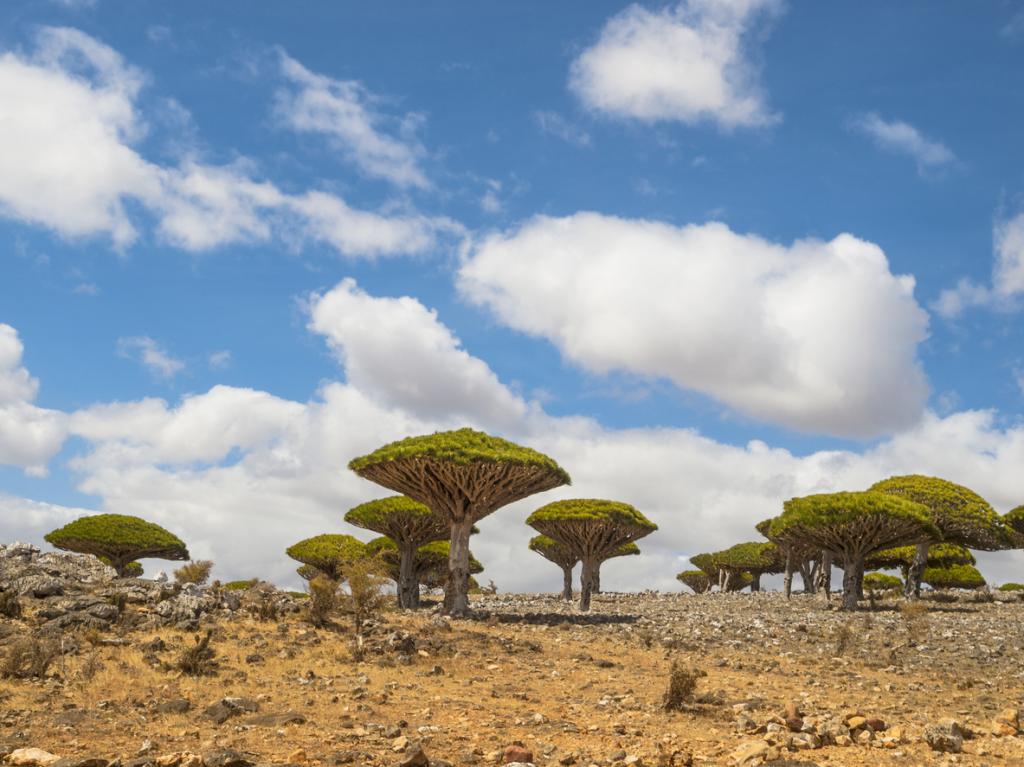
The distinctive appearance of Socotra’s plants, including the surreal landscapes shaped by these botanical oddities, creates an alien-like vista that fascinates scientists, nature lovers, and eco-tourists alike. Its isolation and unique ecology have also spurred conservation efforts, aiming to protect its fragile environment from the threats of climate change and human interference.
https://sworld.itSocotra Island not only offers a glimpse into the resilience and beauty of nature but also underscores the importance of conservation and understanding our planet’s biodiversity. For those intrigued by the natural world and its wonders, Socotra represents a rare opportunity to witness an ecosystem that has remained largely unchanged for millions of years.

